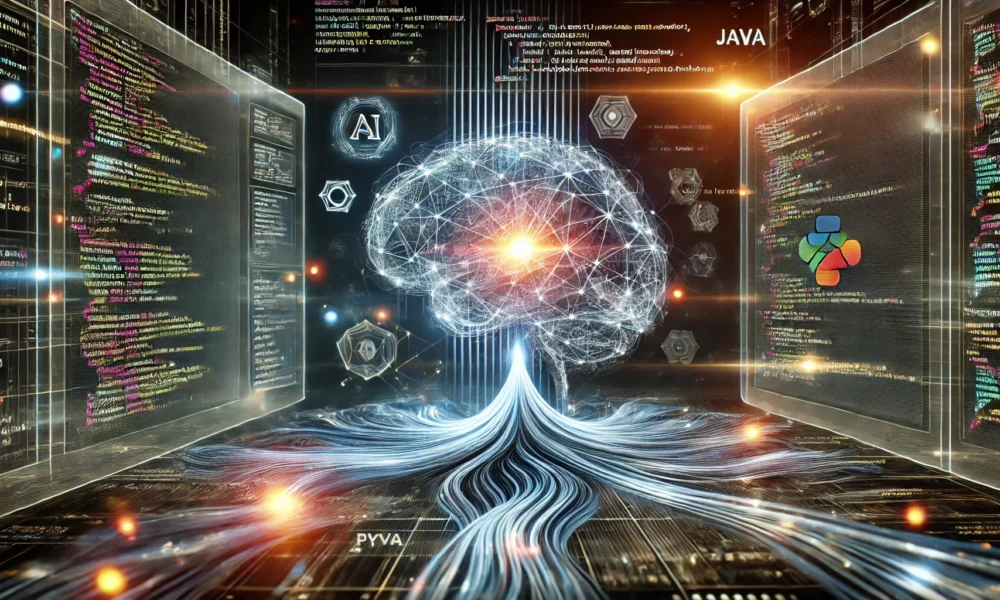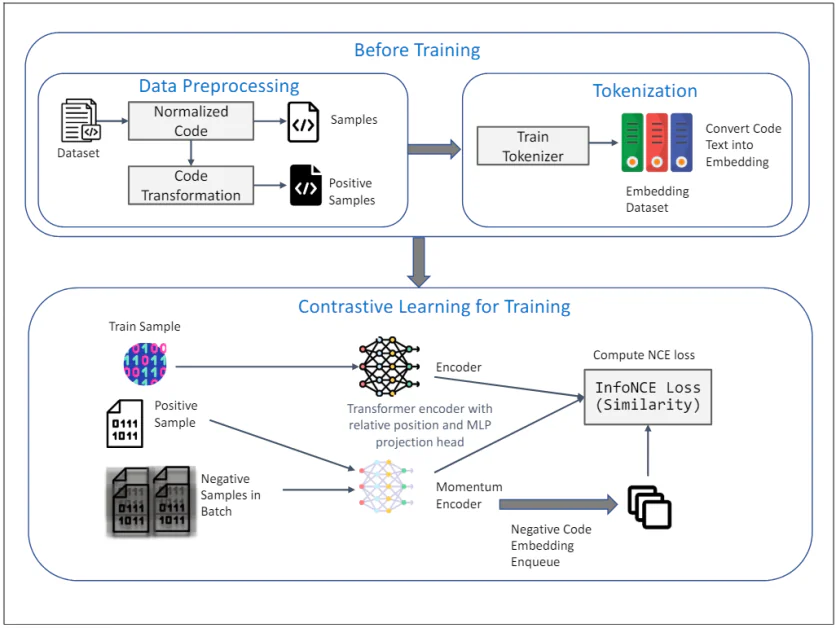Anthropic Unveils New Subscription Model: Introducing Claude Code for Enterprise
Claude Code Joins the Enterprise Suite
On Wednesday, Anthropic announced an exciting new subscription offering that integrates the popular command-line tool, Claude Code, into its Claude for Enterprise suite. Originally accessible only through individual accounts, this integration allows businesses to leverage sophisticated features and enhanced administrative tools.
A Response to Customer Demand
“This is the most requested feature from our business team and enterprise customers,” said Scott White, Anthropic’s product lead, in an interview with TechCrunch.
Strengthening Competitive Edge
This strategic move places Anthropic in a better position to compete with command-line tools from industry giants like Google and GitHub, which also launched with enterprise-level integrations.
The Rise of Claude Code
Since its launch in June, Claude Code has rapidly gained popularity, offering a unique, agentic approach to command-line programming that sets it apart from traditional IDE-based tools. However, this surge in popularity has led to challenges, particularly for individual users facing unexpected usage limits. The new enterprise subscription addresses these concerns, enabling businesses to establish detailed spending controls that can be adjusted for heavy usage.
Innovative Integrations with Claude.ai
Anthropic is particularly enthusiastic about the potential of integrating Claude Code with the Claude.ai chatbot. This new enterprise model allows for flexible management of both tools, enabling businesses to create Claude Code prompts alongside the chatbot or to incorporate the command-line tool into internal data sources seamlessly.
Transforming Customer Feedback into Action
Scott White highlighted the transformative impact of enterprise integrations involving customer feedback tools. By utilizing Claude to synthesize large volumes of feedback, businesses can translate insights into concrete product improvements. “There’s something magical about blending customer feedback, getting the voice of your customer, and considering solutions you might prototype to meet their unique challenges,” White noted. “It’s something that as a product manager was simply not possible for me even a year ago.”
Join the Conversation
We’re continuously looking to improve! Share your thoughts and feedback on TechCrunch’s coverage and events by filling out our survey. You may even win a prize!
Here are five frequently asked questions (FAQs) regarding Anthropic’s Claude Code and its integration into enterprise plans:
FAQ 1: What is Claude Code?
Answer: Claude Code is an advanced AI language model developed by Anthropic, designed for various tasks such as code generation, debugging, and natural language processing. It aims to assist developers and businesses in automating workflows and enhancing productivity around coding tasks.
FAQ 2: How can businesses benefit from integrating Claude Code into their enterprise plans?
Answer: Businesses can leverage Claude Code to streamline software development processes, improve code quality, and accelerate project timelines. By using AI for repetitive coding tasks, teams can focus on higher-level design and problem-solving, leading to increased efficiency and innovation.
FAQ 3: What are the key features of Claude Code in the enterprise plans?
Answer: Key features include code generation capabilities, bug detection and fixing, natural language queries to code, integration with existing development tools, and continuous learning from user interactions to improve performance over time. Additionally, enterprise plans may offer enhanced security, scalability, and support.
FAQ 4: Is Claude Code customizable for specific business needs?
Answer: Yes, Claude Code can be tailored to fit specific business requirements, allowing integration with existing workflows, frameworks, and coding languages. Customization options may include training the model on proprietary data to enhance relevance and accuracy.
FAQ 5: How is the pricing structured for enterprise plans that include Claude Code?
Answer: Pricing for enterprise plans incorporating Claude Code typically depends on factors such as user count, usage volume, and specific features selected. Custom quotes can be provided based on individual business needs, ensuring flexibility and scalability as companies grow. For detailed pricing information, it’s best to contact Anthropic directly.
Feel free to adjust any of the FAQs or answers based on your specific needs or context!












